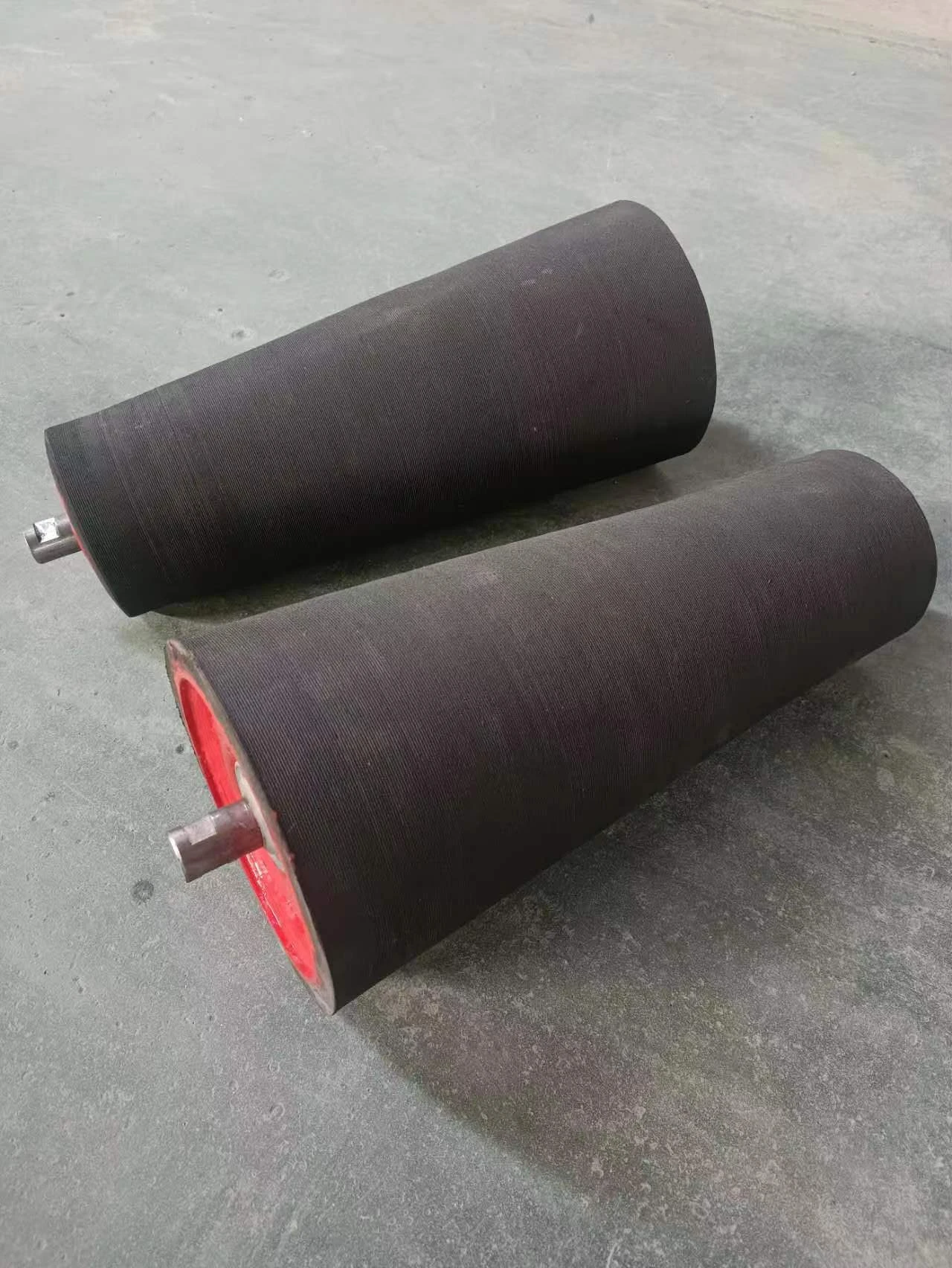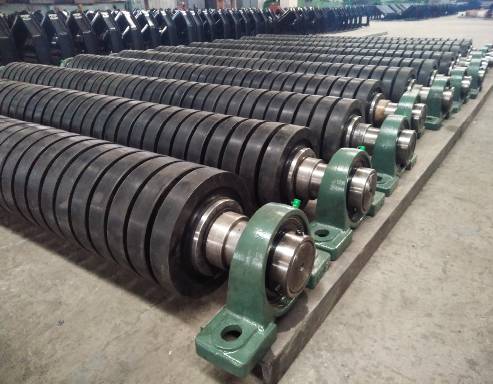 Afrikaans
Afrikaans  Albanian
Albanian  Amharic
Amharic  Arabic
Arabic  Armenian
Armenian  Azerbaijani
Azerbaijani  Basque
Basque  Belarusian
Belarusian  Bengali
Bengali  Bosnian
Bosnian  Bulgarian
Bulgarian  Catalan
Catalan  Cebuano
Cebuano  Corsican
Corsican  Croatian
Croatian  Czech
Czech  Danish
Danish  Dutch
Dutch  English
English  Esperanto
Esperanto  Estonian
Estonian  Finnish
Finnish  French
French  Frisian
Frisian  Galician
Galician  Georgian
Georgian  German
German  Greek
Greek  Gujarati
Gujarati  Haitian Creole
Haitian Creole  hausa
hausa  hawaiian
hawaiian  Hebrew
Hebrew  Hindi
Hindi  Miao
Miao  Hungarian
Hungarian  Icelandic
Icelandic  igbo
igbo  Indonesian
Indonesian  irish
irish  Italian
Italian  Japanese
Japanese  Javanese
Javanese  Kannada
Kannada  kazakh
kazakh  Khmer
Khmer  Rwandese
Rwandese  Korean
Korean  Kurdish
Kurdish  Kyrgyz
Kyrgyz  Lao
Lao  Latin
Latin  Latvian
Latvian  Lithuanian
Lithuanian  Luxembourgish
Luxembourgish  Macedonian
Macedonian  Malgashi
Malgashi  Malay
Malay  Malayalam
Malayalam  Maltese
Maltese  Maori
Maori  Marathi
Marathi  Mongolian
Mongolian  Myanmar
Myanmar  Nepali
Nepali  Norwegian
Norwegian  Norwegian
Norwegian  Occitan
Occitan  Pashto
Pashto  Persian
Persian  Polish
Polish  Portuguese
Portuguese  Punjabi
Punjabi  Romanian
Romanian  Russian
Russian  Samoan
Samoan  Scottish Gaelic
Scottish Gaelic  Serbian
Serbian  Sesotho
Sesotho  Shona
Shona  Sindhi
Sindhi  Sinhala
Sinhala  Slovak
Slovak  Slovenian
Slovenian  Somali
Somali  Spanish
Spanish  Sundanese
Sundanese  Swahili
Swahili  Swedish
Swedish  Tagalog
Tagalog  Tajik
Tajik  Tamil
Tamil  Tatar
Tatar  Telugu
Telugu  Thai
Thai  Turkish
Turkish  Turkmen
Turkmen  Ukrainian
Ukrainian  Urdu
Urdu  Uighur
Uighur  Uzbek
Uzbek  Vietnamese
Vietnamese  Welsh
Welsh  Bantu
Bantu  Yiddish
Yiddish  Yoruba
Yoruba  Zulu
Zulu Jan . 19, 2025 02:20
Back to list
conveyor drum
Conveyor tail drums play a crucial role in the efficient functionality of conveyor systems, often acting as the pivotal component that ensures smooth and consistent movement of materials across various industries. This article delves deep into the nuances of conveyor tail drums, shedding light on their design, functionality, and significance in optimizing operational efficiency.
Trustworthiness in the context of conveyor tail drums is achieved by adopting a customer-centric approach that prioritizes safety and sustainability. Manufacturers are increasingly focusing on producing environmentally friendly components with reduced carbon footprints. This shift not only aligns with global sustainability goals but also enhances the brand’s reputation among eco-conscious consumers. Choosing the right conveyor tail drum for your system necessitates a blend of technical know-how and practical experience. Consulting with industry experts or collaborating with experienced engineers can provide invaluable insights into selecting the most suitable drum for specific applications. Additionally, field trials and pilot testing can offer empirical evidence of a drum’s performance, further informing decision-making processes. Innovative practices such as custom-engineered tail drums are gaining traction, allowing businesses to tailor drum specifications to their unique operational needs. Customization options can include variable drum diameters, specialized coatings for enhanced wear resistance, and integrated tracking systems to prevent belt misalignment. In summary, conveyor tail drums are indispensable components that significantly influence the efficiency and reliability of conveyor systems. By focusing on quality, leveraging cutting-edge technologies, and prioritizing customer requirements, businesses can optimize their material handling processes. Expertise in design and operational insights can transform the way industries harness the potential of conveyor systems, driving productivity and operational excellence. By embracing these advancements, businesses not only enhance their operational capabilities but also position themselves as leaders in their respective sectors, garnering a competitive edge in an ever-evolving industrial landscape.


Trustworthiness in the context of conveyor tail drums is achieved by adopting a customer-centric approach that prioritizes safety and sustainability. Manufacturers are increasingly focusing on producing environmentally friendly components with reduced carbon footprints. This shift not only aligns with global sustainability goals but also enhances the brand’s reputation among eco-conscious consumers. Choosing the right conveyor tail drum for your system necessitates a blend of technical know-how and practical experience. Consulting with industry experts or collaborating with experienced engineers can provide invaluable insights into selecting the most suitable drum for specific applications. Additionally, field trials and pilot testing can offer empirical evidence of a drum’s performance, further informing decision-making processes. Innovative practices such as custom-engineered tail drums are gaining traction, allowing businesses to tailor drum specifications to their unique operational needs. Customization options can include variable drum diameters, specialized coatings for enhanced wear resistance, and integrated tracking systems to prevent belt misalignment. In summary, conveyor tail drums are indispensable components that significantly influence the efficiency and reliability of conveyor systems. By focusing on quality, leveraging cutting-edge technologies, and prioritizing customer requirements, businesses can optimize their material handling processes. Expertise in design and operational insights can transform the way industries harness the potential of conveyor systems, driving productivity and operational excellence. By embracing these advancements, businesses not only enhance their operational capabilities but also position themselves as leaders in their respective sectors, garnering a competitive edge in an ever-evolving industrial landscape.
Next:
Latest news
-
Revolutionizing Conveyor Reliability with Advanced Rubber Lagging PulleysNewsJul.22,2025
-
Powering Precision and Durability with Expert Manufacturers of Conveyor ComponentsNewsJul.22,2025
-
Optimizing Conveyor Systems with Advanced Conveyor AccessoriesNewsJul.22,2025
-
Maximize Conveyor Efficiency with Quality Conveyor Idler PulleysNewsJul.22,2025
-
Future-Proof Your Conveyor System with High-Performance Polyurethane RollerNewsJul.22,2025
-
Driving Efficiency Forward with Quality Idlers and RollersNewsJul.22,2025
OUR PRODUCTS





























